

2020-01-01 13:39:00 Wed ET
technology antitrust competition bilateral trade free trade fair trade trade agreement trade surplus trade deficit multilateralism neoliberalism world trade organization regulation public utility current account compliance
President Trump approves a phase one trade agreement with China. This approval averts the introduction of new tariffs on Chinese imports. In return, China seeks to purchase $40 billion to $50 billion U.S. agribusiness exports to better balance the current Sino-American terms of trade. The Trump administration expects to phase out gradual tariff reductions for Chinese imports.
Meanwhile, the Trump administration reduces tariffs on $120 billion to $160 billion Chinese imports from 15% to 7.5%, but the separate 25% levies would remain on $250 billion Chinese imports. On the bright side, the current trade accord proves to be mutually beneficial to China and America, so the key U.S. and Chinese stock market indices surge in response to this great deal. The greenback depreciates a bit against a basket of U.S. fair-trade partners in response to the Sino-U.S. bilateral phase-one trade deal.
On the dark side, Chinese 5G technology now crystallizes as a clear challenger to the U.S. business model. A bifurcation of global supply chains has thus gone from a new niche to a mainstream consensus view. It is hence important for the Trump administration to strike a delicate balance between fair trade details and high-tech advances.
If any of our AYA Analytica financial health memos (FHM), blog posts, ebooks, newsletters, and notifications etc, or any other form of online content curation, involves potential copyright concerns, please feel free to contact us at service@ayafintech.network so that we can remove relevant content in response to any such request within a reasonable time frame.
2018-02-27 09:35:00 Tuesday ET
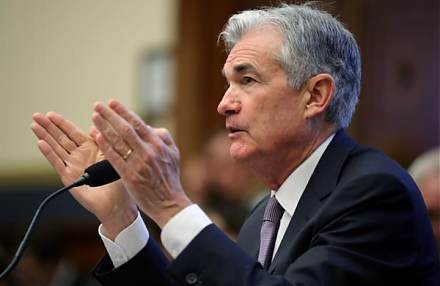
Fed's new chairman Jerome Powell testifies before Congress for the first time. He vows to prevent price instability for U.S. consumers, firms, and finan
2019-03-21 12:33:00 Thursday ET
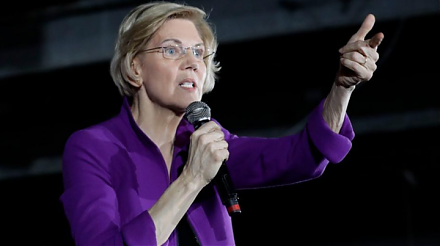
Senator Elizabeth Warren proposes breaking up key tech titans such as Facebook, Apple, Microsoft, Google, and Amazon (FAMGA). These tech titans have become
2017-08-01 09:40:00 Tuesday ET
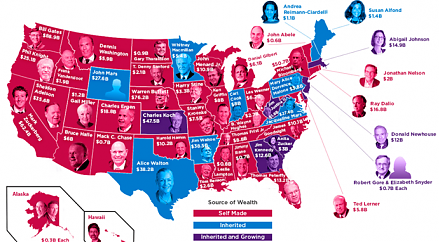
In American states, all of the Top 4 richest people are self-made billionaires: Bill Gates in Washington, Warren Buffett in Nebraska, Michael Bloomberg in N
2017-03-03 05:39:00 Friday ET

As the biggest IPO since Alibaba in recent years, Snap Inc with its novel instant-messaging app SnapChat achieves $30 billion stock market capitalization.
2018-11-03 11:36:00 Saturday ET
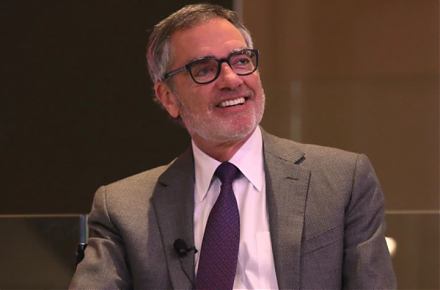
Apple adds fresh features to its new iPad Pro and MacBook Air in addition to its prior suite of iPhone XS, iPhone XS Max, and iPhone XR back in September 20
2018-06-04 08:38:00 Monday ET
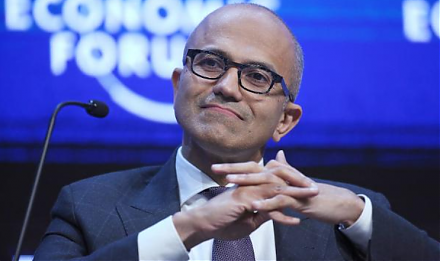
Microsoft acquires GitHub, a software development platform that has been widely shared-and-used by more than 28 million programmers worldwide. GitHub's